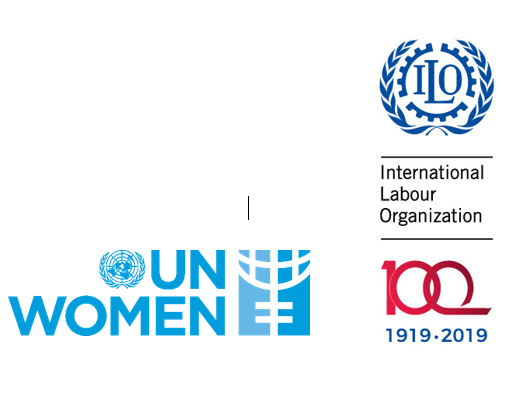Violence and harassment is not limited to the traditional, physical workplace and can also occur in the broader world of work.[1]
A notion of the world of work that goes beyond the physical workplace touches on issues such as women’s safety in public spaces, transport, night work and when the home or the street is the workplace (Cruz and Klinger 2011; ILO, 2016e; UN Women 2010b). The world of work is continuously and rapidly evolving, and new forms of work, including types of non-standard forms of employment and work in the so-called “gig” economy, [2] are becoming more commonplace (Heeks, 2017 and Moore, 2018).
[1] According to the ILO Meeting of Experts on Violence against Women and Men in the World of Work (3-6 October 2016), “there is a need to intensify efforts to deal with the range of manifestations of violence in the world of work” and “the world of work is considered to cover not only the traditional physical workplace, but also commuting to and from work, work-related social events, public spaces including for informal workers such as street vendors, and the home, in particular for homeworkers, domestic workers and teleworkers.” ILO (2016) Report of the Director-General: Fifth Supplementary Report: Outcome of the Meeting of Experts on Violence against Women and Men in the World of Work, GB.328/INS/17/5. Appendix I. Geneva, ILO, para 3 and 5.
[2] According to the ILO Meeting of Experts on Non-Standard Forms of Employment, these include, among others “fixed-term contracts and other forms of temporary work, temporary agency work and other contractual arrangements involving multiple parties, disguised employment relationships, dependent self-employment and part-time work.” ILO (2015) Conclusions of the Meeting of Experts on Non-Standard Forms of Employment, Governing Body, 323rd Session, Conclusions. Para. 2.
